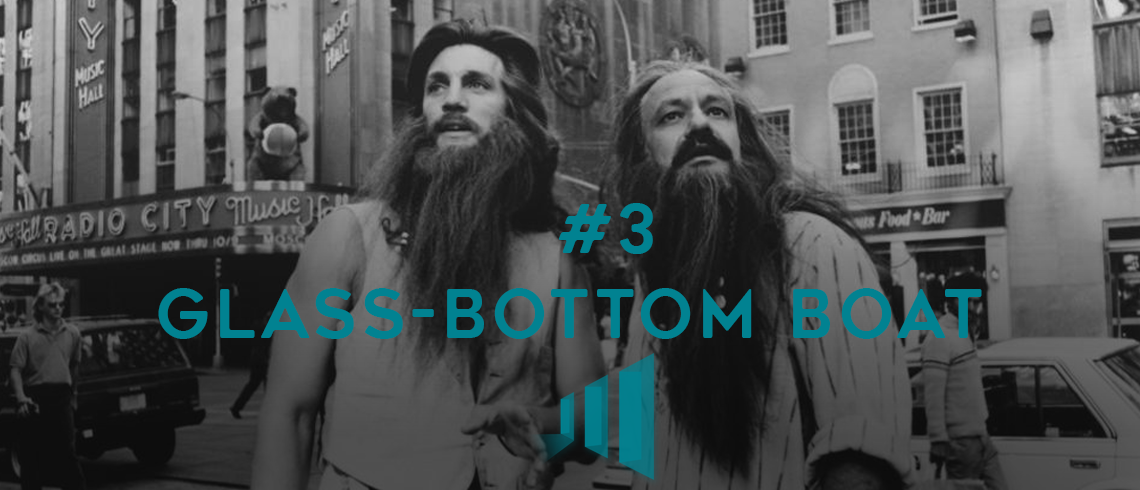“Scientists have waited 50 years for this moment,” says David Nutt, a neuropsychopharmacologist from Imperial College London, referring to his team’s recent study on how LSD alters the brain’s biology. The moment has been a long time coming since LSD and other psychedelics have been banned for both recreational and research purposes since the early 70’s, even though many people believe the therapeutic possibilities of psychedelics outweigh the negative stigma they have received from misuse. In 2014, the editors of Scientific American publically called for an end to the “national ban” on psychoactive drug research, noting that LSD, psilocybin, MDMA and cannabis all “had their origins in the medical pharmacopeia.”
The recent study from Imperial College London used brain scans to reveal how “the brain in the LSD state resembles the state our brains were in when we were infants: free and unconstrained,” says Dr. Carhart-Harris, one of the researchers. The question now is how might this going back be helpful in understanding how to treat conditions in which negative thought patterns have become entrenched, such as in depression or addiction, when you feel stuck and unable to move forward.
In “Glass-Bottom Boat,” we explore how going back in the context of a psychedelic experience impacts how we might move forward. We start our journey with James Fadiman, a transpersonal psychologist and author of “The Psychedelic Explorer’s Guide,” who sheds light on the various ways one can go back during a psychedelic experience. And then we follow Jim McDermott as he returns to the memory of his first psychedelic experience in which he found himself back in an era he thought he’d missed – the sixties – and what he carried forward with him from the impossible encounter.
NOTE: Be sure to check out “The Bigger Picture,” which is a bonus episode and companion to this episode. It explores what role psychedelics might play in the journey to find meaning out of the life you’ve lived and have left. Dr. Jeffrey Guss, Co-Principal investigator of NYU’s Psilocybin Cancer Anxiety Study, guides Eddie Marritz, a cinematographer diagnosed with cancer, on his search; and Amanda Feilding, the Founder and Director of The Beckley Foundation, shares her insight on the wonders of psychedelics to both treat illness and enhance wellbeing.
SUBSCRIBE: iTunes | Google Play | Stitcher | SoundCloud | RSS



